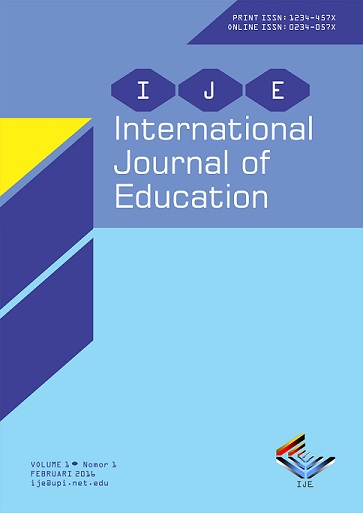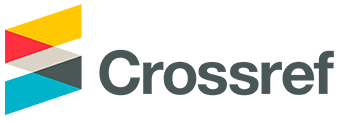Welcome to the International Journal of Education (IJE) website. IJE (e-ISSN: 2442-4730 and p-ISSN: 1978-1342) is the first open access and double-blind peer-reviewed international journal managed by Universitas Pendidikan Indonesia, which exclusively focuses on formal education. This international journal is a part of the University’s strong commitment to education, which is expected to be the medium for the exchange of ideas, knowledge, information, and technology among experts and practitioners of education.
IJE has engaged many scholars in the field of education from universities and institutions in many countries across continents, including Australia, Bangladesh, China, Egypt, Ghana, Iran, Kenya, Malaysia, New Zealand, Nigeria, Oman, Philippines, Singapore, South Africa, Taiwan, United States of America, and Vietnam.
 International Journal of Education aims to facilitate and promote the inquiry into and dissemination of research results on formal education much particularly in secondary and tertiary or university context. Topics relevant to the theme are teacher or student research, teaching and learning approaches and methods, and teacher professional development.
International Journal of Education aims to facilitate and promote the inquiry into and dissemination of research results on formal education much particularly in secondary and tertiary or university context. Topics relevant to the theme are teacher or student research, teaching and learning approaches and methods, and teacher professional development.
The scope of our journal mainly covers:
- Language education in formal institutions
- Math and natural science education in formal institutions
- Vocational and engineering education in formal institutions
- Religious studies in formal education
ISSN
Announcements
Indexing in DOAJ |
|
| IJE is now indexed by DOAJ | |
| Posted: 2017-08-19 | More... |
| More Announcements... |
Vol 18, No 2 (2025): August 2025
Table of Contents
Articles
|
A COMPARATIVE ANALYSIS OF AI AND HUMAN EVALUATION OF HEDGES AND BOOSTERS IN STUDENT ACADEMIC WRITING
Farida Hidayati
|
155-166
|
|
Lisa Nur Maulidia, Joko Pamungkas
|
|
|
Siti Maryam, Imam Jahrudin Priyanto, Cecep Nuryadin
|
|
|
Nabila Salsabila, Muhammad Fadli Ramadhan, Achmad Tito Rusady
|
|
|
John Michael Del Rosario Aquino, Vilma Geronimo
|
|
|
Ayu Niza Machfauzia, Anik Juwariyah, Retnayu Prasetyanti Sekti
|
|
|
Ogi Danika Pranata
|
|
|
Rezkilaturahmi Rezkilaturahmi, Heri Retnawati, Risky Setiawan
|
|
|
Suharto Suharto, Hariyono Hari Hariyono, Umi Umi Hidayati, Vera Vera Andrini
|
|
|
John Carlo Mari Ramos
|
|




.jpg)





